By 1957, Chevrolet had perfected the formula for a full-size car that could be almost anything to anyone. The Bel Air wasn’t just about looks—it offered a wide range of engines, from a thrifty six to a fuel-injected V8, and enough trim levels to suit budgets from practical to near-luxury. Its styling struck the right balance between modern flair and lasting appeal, avoiding the extremes that dated some of its rivals. To understand why it still sets the standard, it’s worth looking at what it was up against that year.
1957 Chevrolet Bel Air: The Icon That Stuck
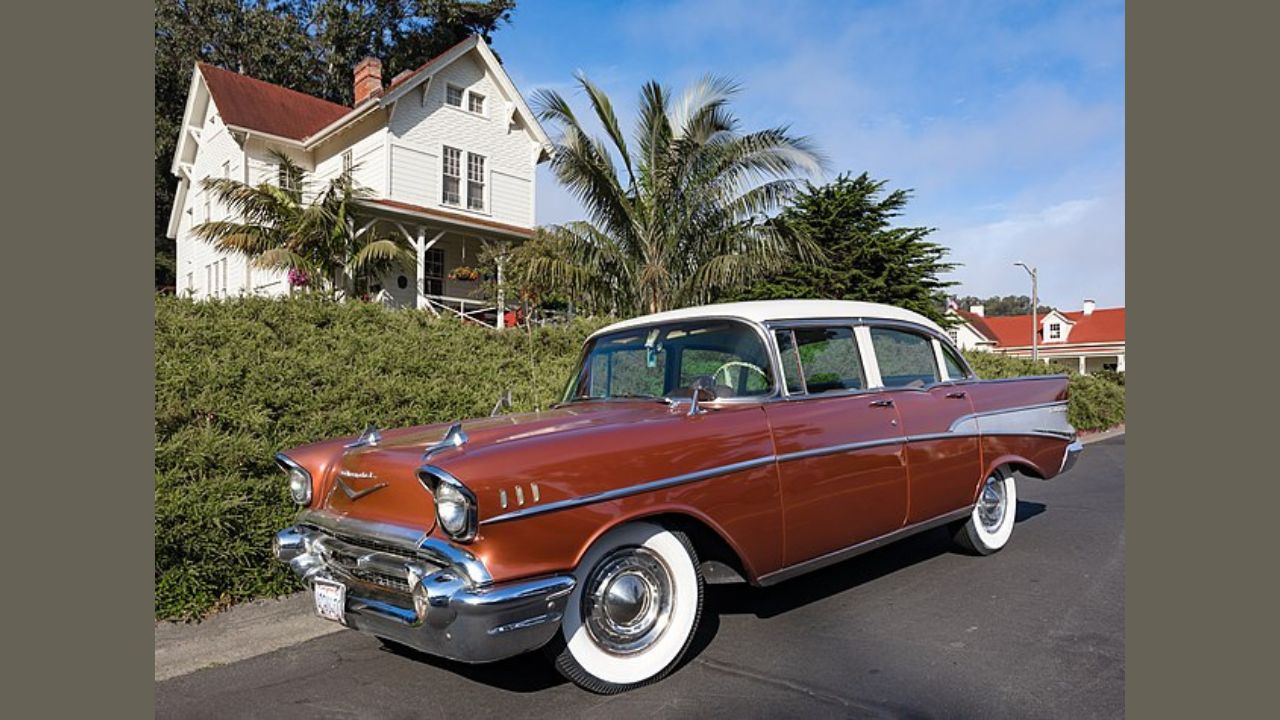
The ’57 Bel Air balanced style, accessibility, and performance in a way few cars have since. Offered with everything from a base six to the 283-cubic-inch V8—available with Rochester fuel injection for up to 283 hp—it could be anything from a family cruiser to a weekend track contender. The wide grille, anodized gold trim, and tidy tailfins gave it curb appeal without excess. Inside, color-matched dashboards, bright trim, and durable upholstery made it feel upscale for its price. It wasn’t the most expensive or the most powerful—but it was the right mix.
1957 Ford Fairlane 500: The Closest Rival
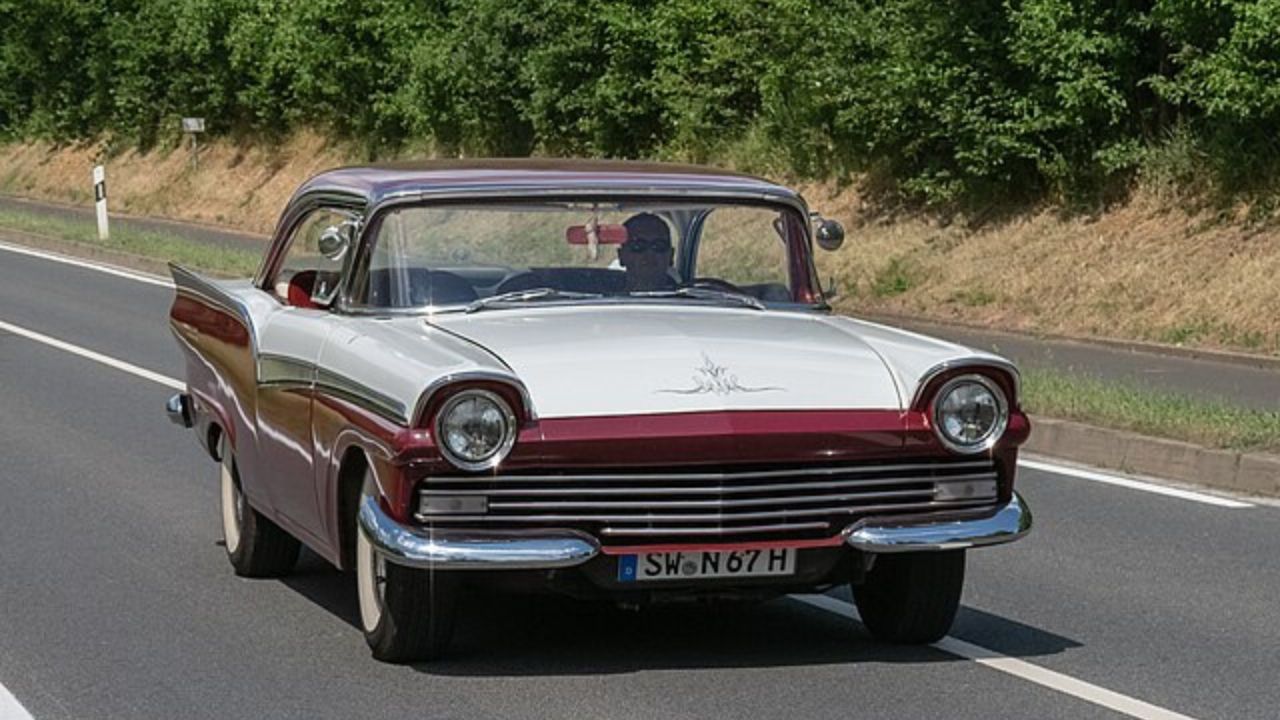
Ford’s Fairlane 500 was the primary competition, with a range of V8s up to the 312-cubic-inch Thunderbird Special producing around 245 hp. It had a clean, squared-off look, but its styling didn’t resonate as strongly as the Bel Air’s. Interiors were well-finished, with two-tone schemes and plenty of chrome. Ford matched Chevy in options and trim, but the Bel Air’s proportions and design details gave it broader appeal. Both could be ordered to suit many buyers, but the Chevy seemed to nail the formula in a way the Fairlane didn’t quite manage.
1957 Pontiac Star Chief: Longer, Louder, Pricier
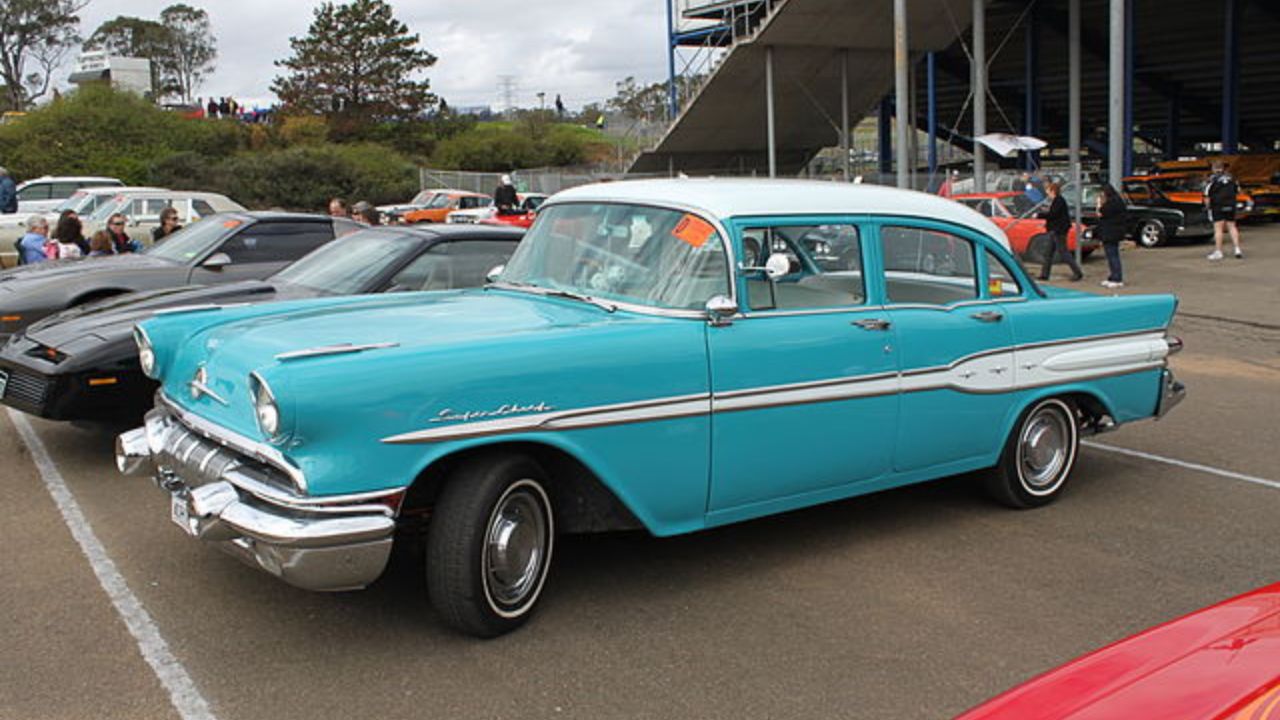
Pontiac’s Star Chief shared GM DNA with the Bel Air but stretched the wheelbase and packed in more chrome. Under the hood, the 347-cubic-inch V8 made up to 290 hp with Tri-Power carburetion. It rode smoother than the Chevy but also carried more weight. Interiors were plusher, with upscale fabrics and extra trim. The Star Chief offered more prestige, but it cost more, and some buyers found it less nimble. The Bel Air’s advantage was delivering much of the same presence and performance in a slightly smaller, more affordable package.
1957 Dodge Coronet: Flash With Muscle
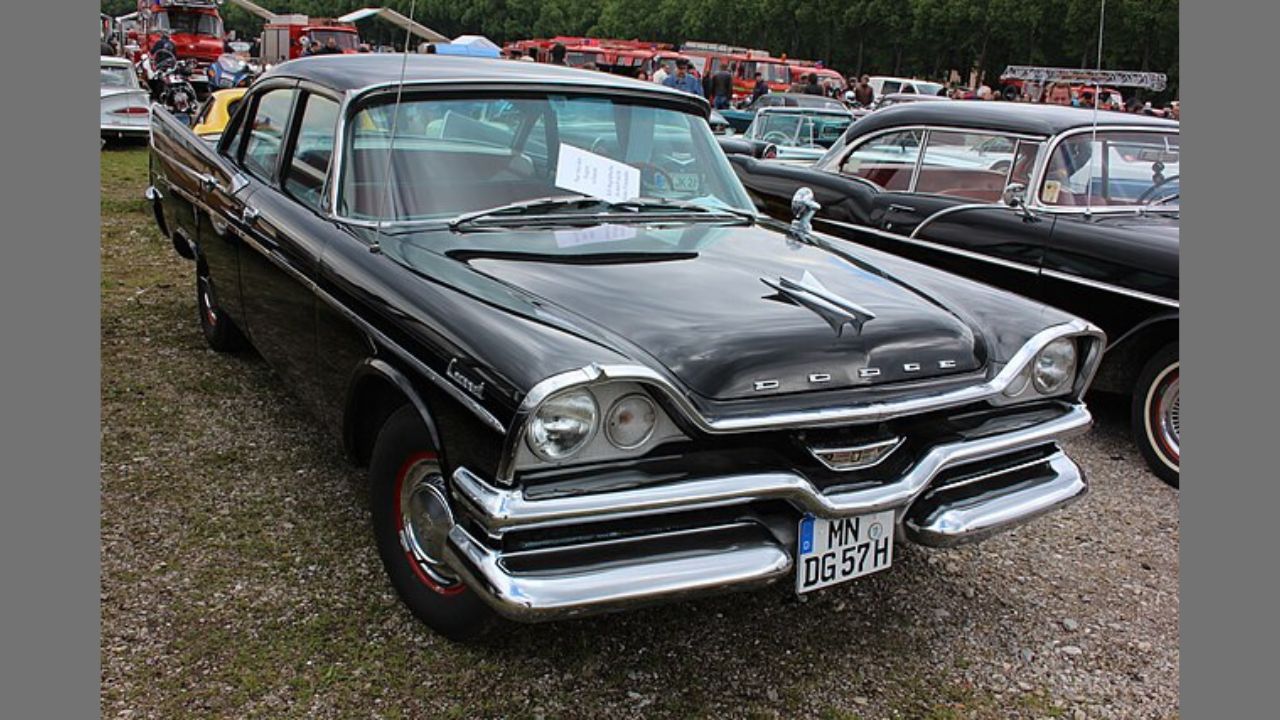
The Coronet embraced Virgil Exner’s “Forward Look” styling, with sharp fins, wraparound glass, and a wide stance. Engine choices ranged up to the D-500’s 325-cubic-inch HEMI producing over 285 hp. Performance was strong, and the Torqueflite automatic was smooth. Interiors leaned more functional than luxurious, though still offered bright trim and patterned fabrics. Dodge’s design was futuristic, but the Bel Air’s styling aged more gracefully. The Coronet made a statement in ’57, but Chevy’s look worked across demographics, from conservative buyers to those chasing style.
1957 Mercury Monterey: Big, Comfortable, and Pricey
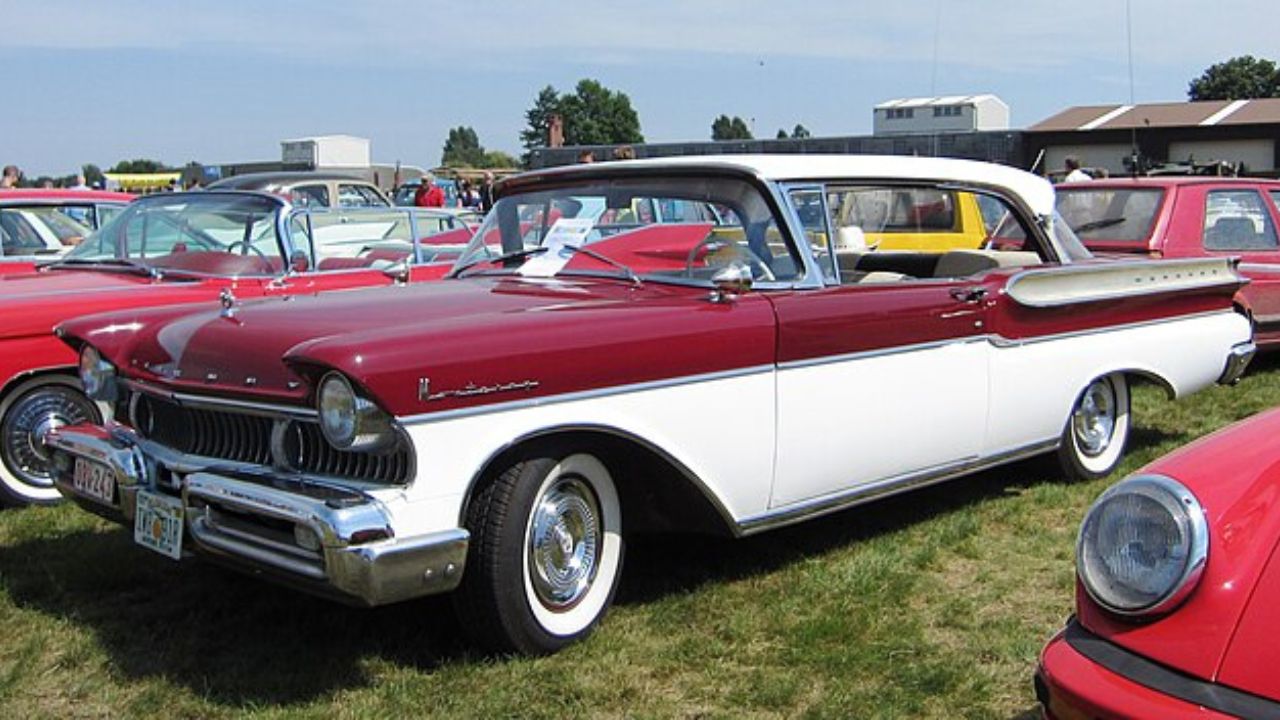
Mercury’s Monterey was positioned above Ford, with a 312-cubic-inch V8 rated at 255 hp and a reputation for smooth cruising. The styling was substantial, with a wide grille and heavy chrome accents. Inside, it leaned toward comfort—broad bench seats, bright dashboards, and generous space. The Monterey offered more car physically, but at a higher cost and with less handling agility than the Bel Air. Chevy’s advantage was giving buyers a car that looked and felt premium without stepping into Mercury’s price class.
1957 Buick Special: The Entry Luxury Alternative
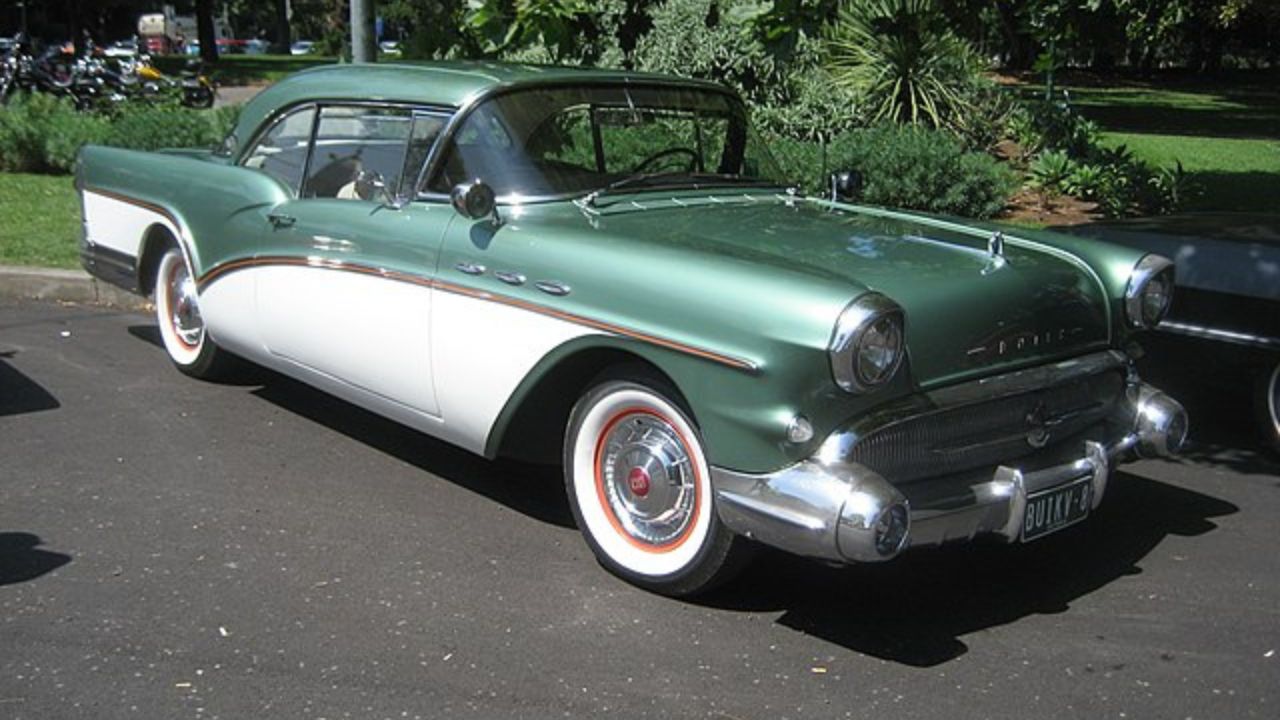
The Buick Special was a gateway to Buick ownership, powered by the 364-cubic-inch Nailhead V8 making 250 hp. It was heavy, which blunted acceleration, but ride quality was excellent. Styling featured Buick’s signature ventiports and sweeping body lines, giving it a more upscale image than the Bel Air. Interiors were plush and chrome-heavy. While the Special appealed to status-conscious buyers, it didn’t match the Chevy’s lighter, sportier feel. The Bel Air could offer nearly as much style without the extra bulk—or cost—that came with Buick’s entry-level model.
1957 Oldsmobile Super 88: Muscle in a Mid-Priced Package
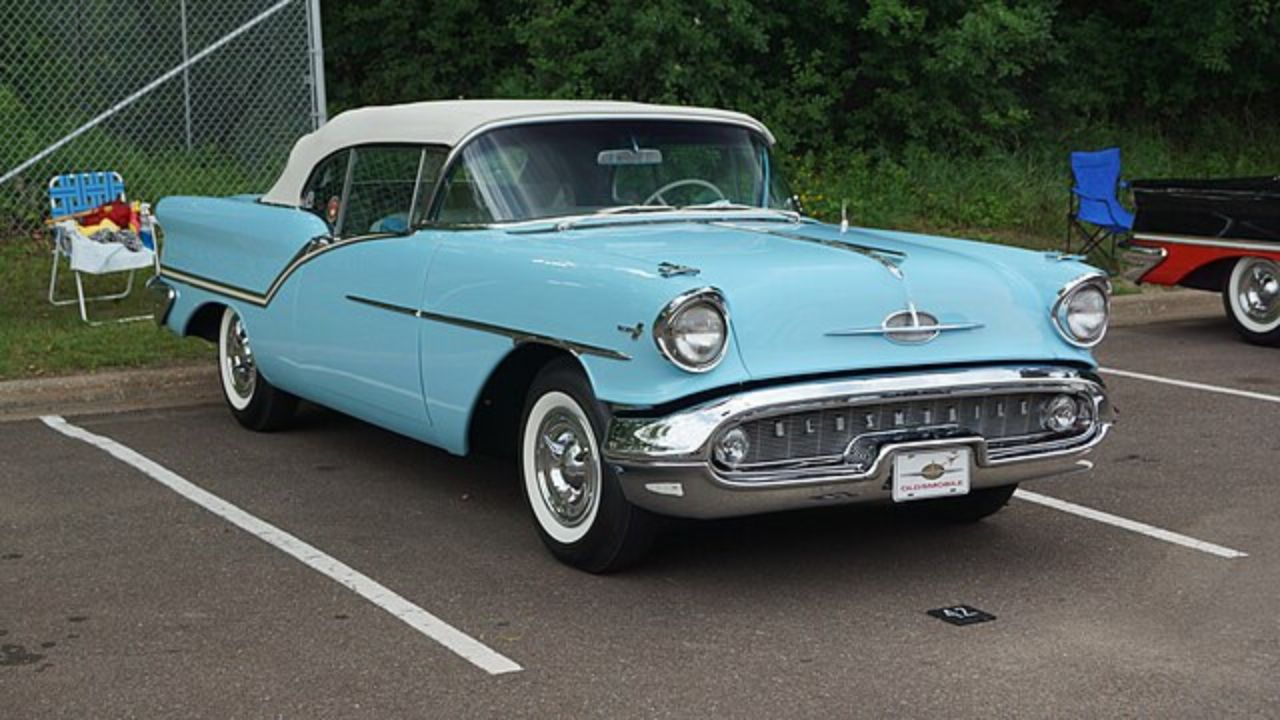
The Super 88 came with a 371-cubic-inch Rocket V8 producing 277–300 hp, making it one of the stronger performers in ’57. Styling was clean and contemporary, with modest fins and a distinctive grille. Interiors blended sport and luxury, with bucket-style bench seats and full instrumentation. The Super 88 delivered more raw power than most Bel Airs, but it also carried a higher price and slightly heavier feel. Chevy’s strategy was to offer a broad range of trims and engines, letting buyers build the car they wanted without overspending.
1957 Plymouth Belvedere: Aggressive Styling, New Engineering
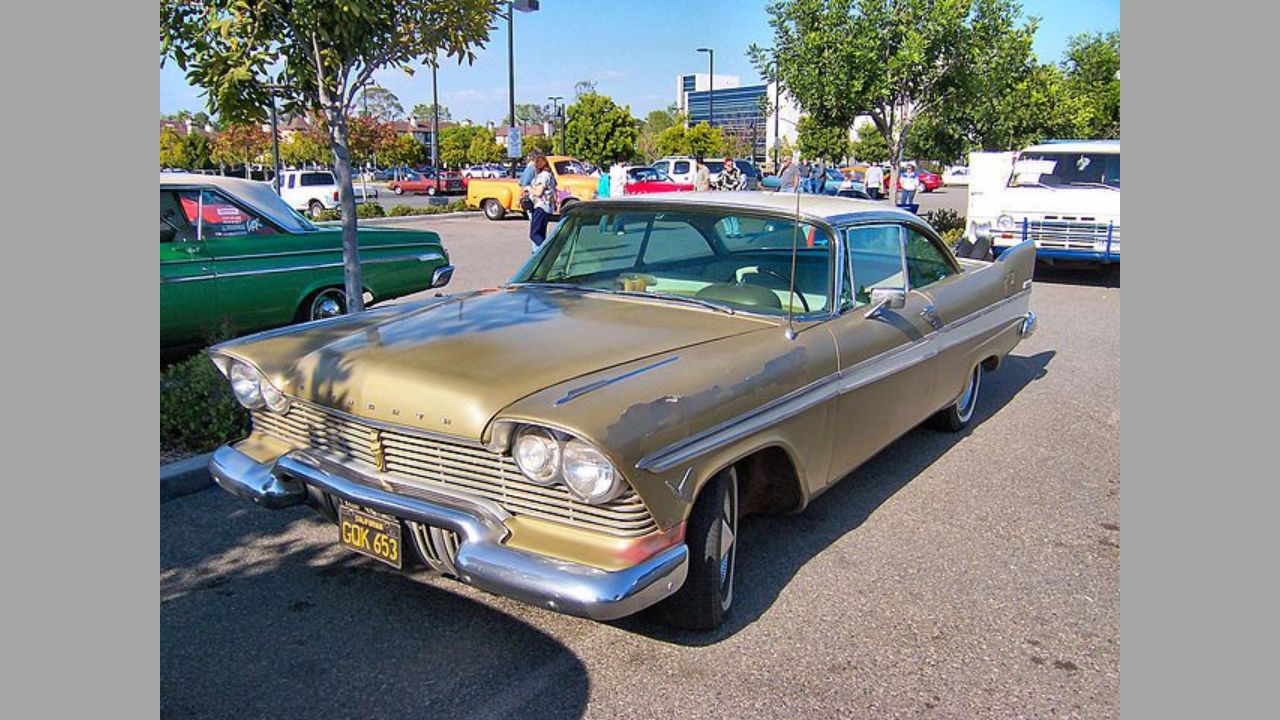
The ’57 Belvedere debuted Plymouth’s “Forward Look” with sleeker lines, pronounced fins, and lower stance. The top 318-cubic-inch V8 made around 290 hp with dual quads, giving it competitive performance. Interiors were colorful and patterned, aimed at a younger market. Plymouth’s design felt cutting-edge at the time, but the Bel Air’s balance of fresh style and classic proportions aged better. In 1957, the Belvedere made a strong push for attention, but the Chevy still managed to attract a broader range of buyers.
Like Fast Lane Only’s content? Be sure to follow us.
Here’s more from us:
*Created with AI assistance and editor review.

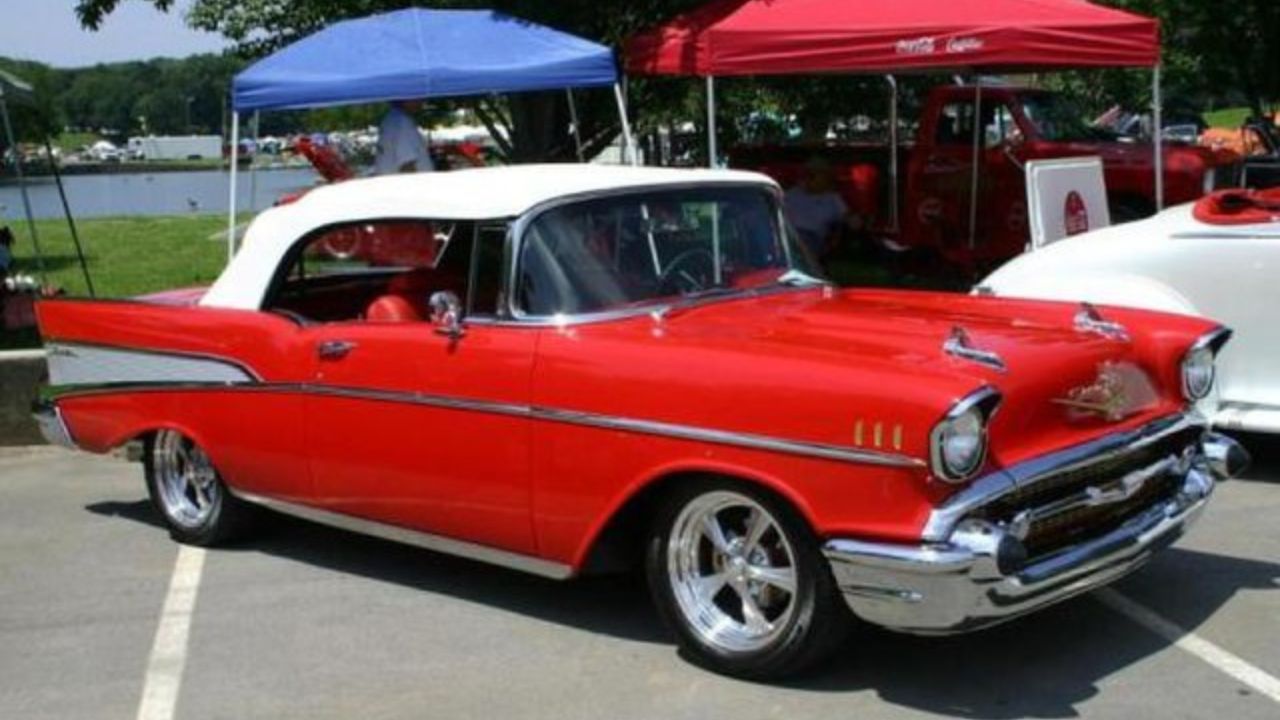

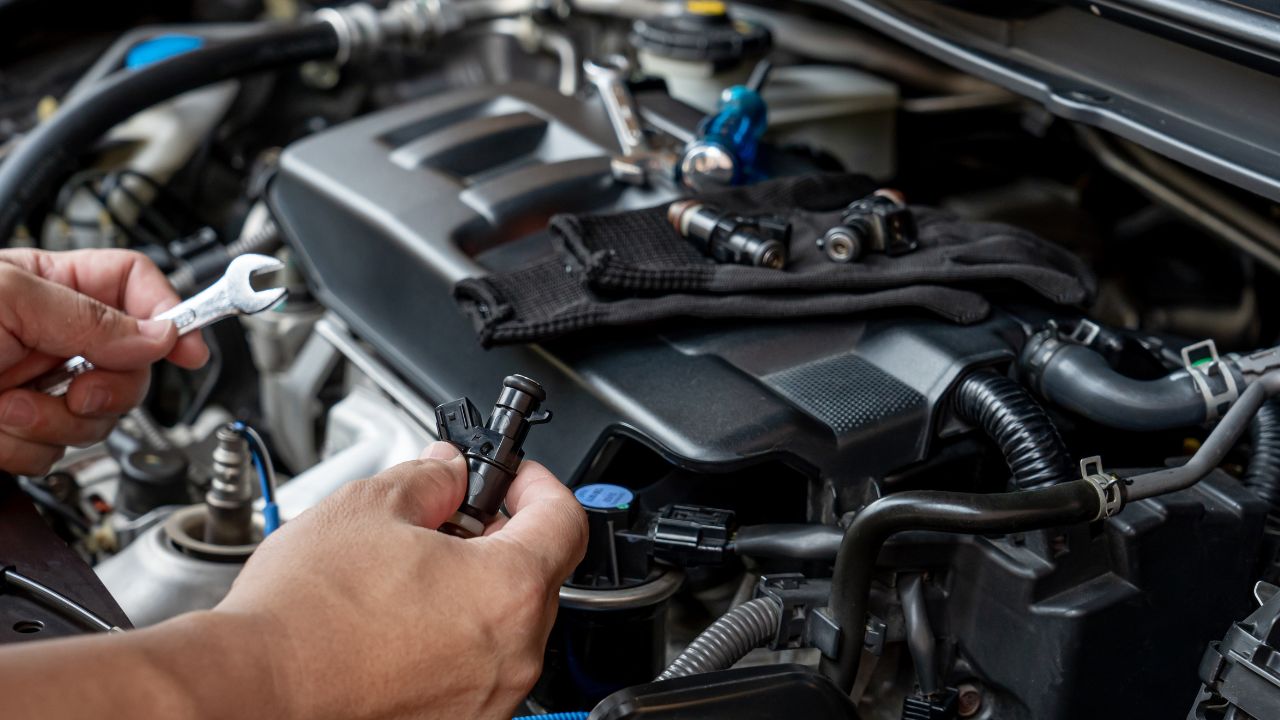

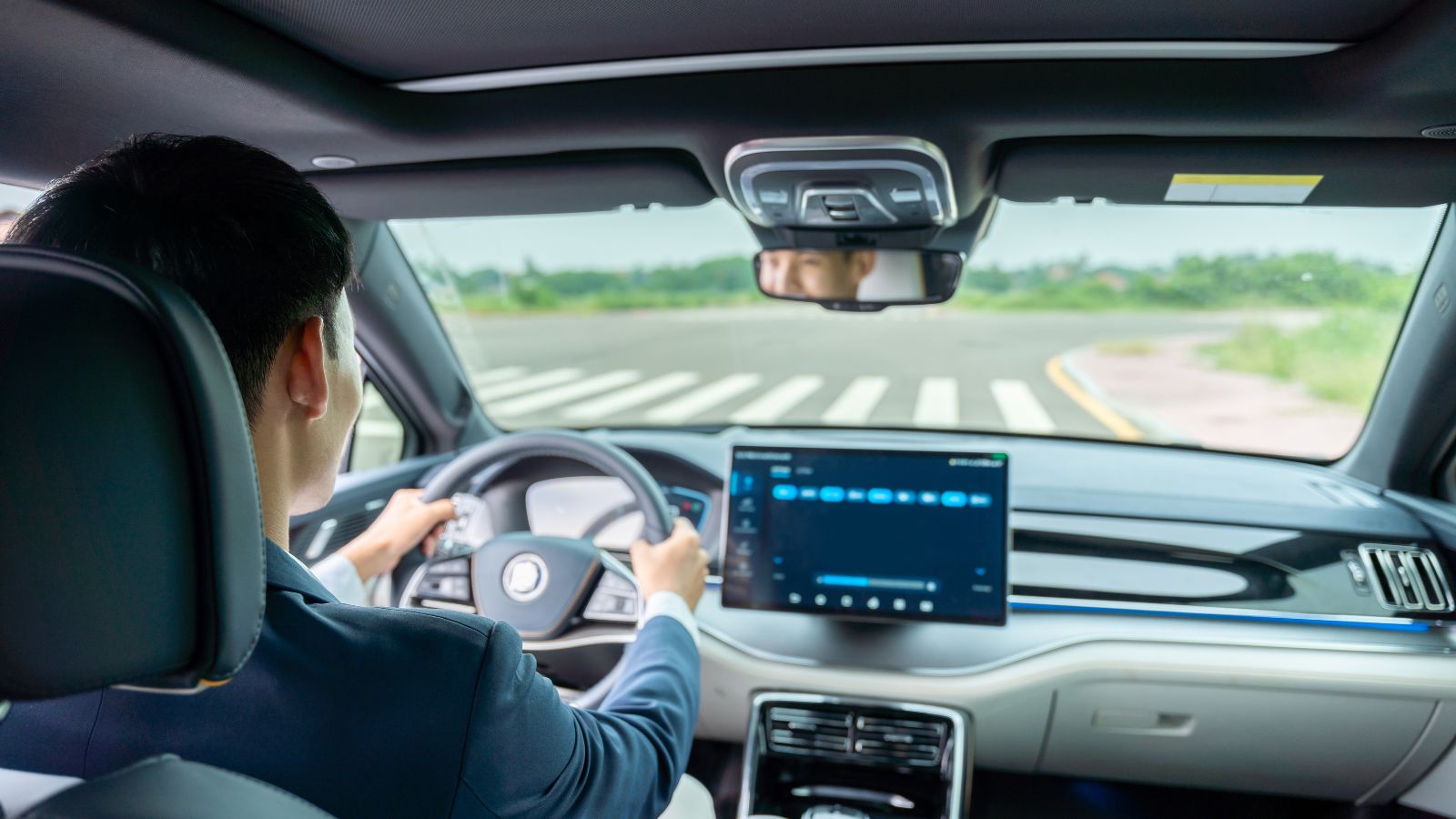
Leave a Reply